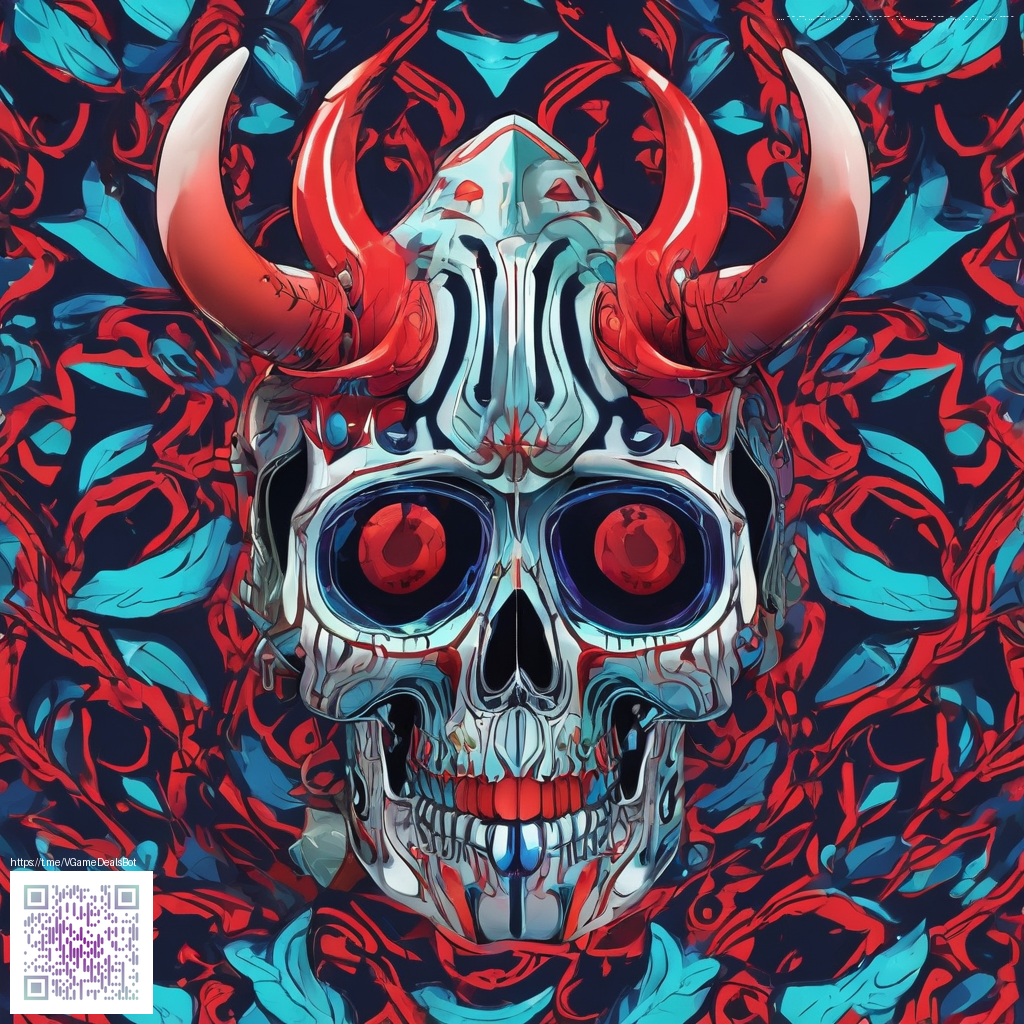
Photographing Paper for Digital Use: A Practical Guide
Translating the tactile character of real paper into accurate digital renderings is a balancing act between texture, color, and light. This guide walks you through a reliable workflow—from setting up your shoot to post-processing—that helps you preserve the nuances of paper stock while ensuring your images look sharp and consistent on screens of all sizes. Whether you’re cataloging textures for a design project or preparing assets for an online archive, these steps keep the process approachable and repeatable.
Setting up the right surface for reference
Start with a neutral backdrop to minimize color shifts and distractions. A clean white or light gray surface provides a stable reference point as you compare texture and tone. If you’re prototyping a desk setup or testing product photography, consider a physical test surface that echoes real-world use. For example, a Custom Mouse Pad Full Print Non-Slip Neoprene Desk Decor can serve as a practical stand-in to evaluate how texture and color translate under mixed lighting. If you’d like to explore the product, the dedicated page is available at Custom Mouse Pad Full Print Non-Slip Neoprene Desk Decor.
Lighting fundamentals: diffuse, consistent, and color-accurate
- Diffuse light is your friend. A light tent or softbox with daylight-balanced bulbs (around 5500K) reduces harsh shadows and highlights surface texture rather than masking it.
- Angle the lights at roughly 45 degrees to the paper and use a reflector or bounce card on the opposite side to soften shadows without flattening the texture.
- Keep color temperature steady across shoots to avoid chasing color shifts in post-processing.
“Color accuracy starts with a known reference. If your white balance drifts from shot to shot, your digital renderings will require heavy corrections later.”
Camera setup and a workflow that sticks
Stability and consistency are the cornerstones of a reliable workflow. A tripod eliminates blur, and if you’re using a phone, enable RAW capture or shoot at the highest bit depth available. Frame the paper with its edges parallel to the image frame to avoid perspective distortion, and consider a macro or close-up lens for capturing fine texture. Whether you’re on a DSLR, mirrorless, or mobile camera, the key is repeatability: same distance, same angle, same lighting in every session.
- Use manual focus or a single-focus point on a distinct edge of the paper to ensure crisp texture across the surface.
- Capture a small series at different exposures to protect highlight detail while maintaining midtone richness.
- Record metadata or create a simple naming convention for each batch to keep your library organized and searchable.
Color management and practical post-processing
Post-processing is where you translate observed texture into reliable digital renderings. Begin with a color-managed workflow: calibrate your monitor, use a neutral reference, and export with an embedded color profile suitable for your audience. When adjusting white balance, reference a neutral gray card within the frame, then apply targeted edits to preserve texture without washing out subtle fibers or gloss. For broader compatibility, export in sRGB and keep a consistent set of adjustments that you can reuse for future papers.
Texture comes alive when tonal gradations are precise. Small, controlled adjustments to curves can reveal fiber detail without introducing noise.
If you’re curious about how this translates to real-world testing contexts, you can explore a related example page here: https://area-53.zero-static.xyz/40f7c0b6.html.
Remember that practical testing isn’t just about the paper itself. It’s about how your final renderings will appear on various devices and in different lighting environments. A tactile surface like the aforementioned desk decor can help you observe how texture, print, and color interact under varied light, guiding your decisions as you move from real-world observations to digital outcomes.
Checklists to keep you on track
- Neutral backdrop and controlled lighting conditions
- Stable camera setup with RAW or high-quality capture
- Consistent white balance and color calibration
- Color-managed workflow and repeatable export presets
- Documentation of camera settings for future shoots